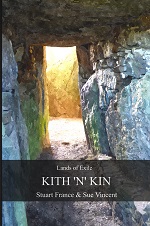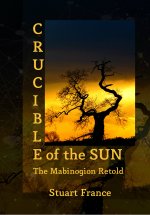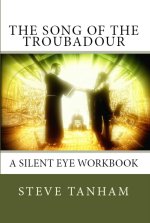
“What are those? ” The bumps in the fields as we drove down the narrow lane looked suspiciously like the remnants of early occupation.
“They look like earthworks…” It would make sense, the little church we were heading for was old and the site upon which it now stood even older. Many of the best of these old churches were built upon ancient sites. Sometimes, we believe, it was because they were sites of ancient sanctity and that is where the local folk chose to honour this new face of divinity. Sometimes it was the priests and lords who chose to take over the old site, following the directive from Rome to occupy them so that the inhabitants simply came to their accustomed sacred place and were converted almost by default.

Once a church was established, it was not unusual for subsequent generations to demolish and rebuild on the earlier foundations and many of our thousand-year old churches have been places of worship for a great deal longer than we know. The current church at Kilpeck was built around AD 1140. It stands on what is thought to be the site of a much older, probably Saxon church and within a raised, oval churchyard that is typical of even older, Celtic churches. The Christian tradition in the area dates back at least as far as the late Roman period, and the Romans left Britain for good in AD 410. There may well be Roman remains at the site and there has been some suggestion of it being a megalithic site before that, although nothing has yet been found to definitively confirm this theory.

We knew it had a few special things to discover, but we had not done our research beforehand. We seldom do, preferring to find what is there without preconceptions and without spoiling the sense of awe and surprise. The research comes later. Even from a distance, we could tell that the red sandstone church was unusual with its curved apse, though, to be fair, the stonework looked in such good condition that we feared that it would prove rebuilt and over-restored. Still, we had largely come to see one small carving, so the rest didn’t matter much.

“Er… there’s a castle next door….” I parked the car. We grabbed the cameras and got out.
“What’s left of one anyway. On a mound.” Now, these old mounds are a bit of a mystery. Most of them are listed as ‘Norman, motte and bailey’, but many are not in defensible positions, nor do they have a large enough summit to be anything more than watchtowers.
Continue reading at France & Vincent








































